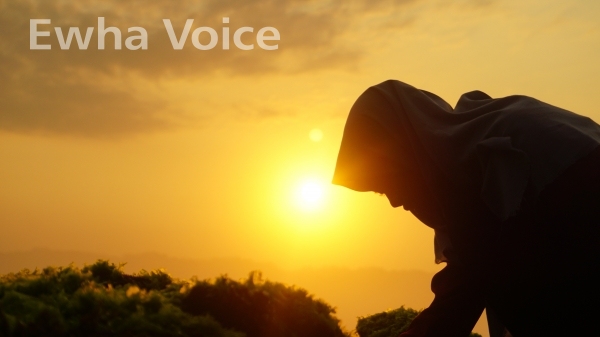
A hijab is a head covering worn by Muslim women to maintain modesty and privacy, prescribed in the Qur’an, the sacred scripture of Islams. The Iranian government legally mandates women to dress decently by covering their entire head with a hijab and wearing baggy clothes to hide their figures. Moreover, there are “morality police” who arrest women for not abiding by these laws. Last September, 22-year- old Mahsa Amini was arrested by these morality police officers and was detained in Tehran for wearing her hijab improperly. She was sent to an education center where she fell into a coma and died Sept. 16. Reports indicate that she died from a skull fracture due to heavy blows to the head but the Iranian government insists that she died of a heart attack.
The anger of the Iranian people has spread due to Mahsa Amini’s unjust death and the government’s improper handling of the matter, leading to nearly about two months of protests all over the country. According to the Office of the United Nations High Commissioner for Human Rights, more than 300 people were found dead including at least 40 children during the Iranian government’s crackdown on the protests, which lasted more than eight weeks. The United Nations Human Rights Council announced that it would investigate human rights violations in the government’s crackdown on protest and has voted to set up a fact-finding investigation on Nov. 25.
The protest has spread to other countries, with many people including athletes, singers, and actors supporting the demonstration. Before starting the first Group B match of FIFA World Cup Qatar against England on Nov. 21, Iranian national football players refused to sing their nation’s anthem out of solidarity with the protest and remained silent with firm expressions throughout. Also, according to The New York Times, Hengameh Ghazianin and Katayoun Riahi, two high-profile Iranian actresses, posted videos of themselves not wearing hijabs on their social media and were subsequently arrested on suspicion of “propaganda against the state” and “collusion with the intention of acting against the state security.”
Park Hyon-do, acting professor of Islamic studies from the Sogang Euro-MENA institute, described this protest as a conflict between Generation Z, who encounter various cultures by way of the internet, and the older generation, who lead the country based on Iran’s traditional values. He said that this protest can be interpreted as a huge challenge considering Iran’s history.
Park explained that the hijab is part of a woman's formal attire and a must-wear item for Muslim women. While some maintain that the Qur’an does not specify that hijabs must be worn, according to subsequent interpretations, it is mandatory for women to wear a hijab in Iran. According to Park, the compulsory wearing of hijabs began in 1981. As a prominent symbol of Islamic law, removing a hijab is taken as a form of Western secularism.
Park argued that what the Iranian government is afraid of is not just a demand for freedom to not wear the hijab but that the protest could even lead to the overthrow of the Islamic regime. He also predicted that the protest will continue in the future due to its resilience and the speed at which it spread.
However, according to Roya Pour Bagher, a senior from the Division of Business Administration, the reality in Iran is different from what has so far been made known to the public. In contrast to what has been reported by foreign media, Iran’s society is more flexible about wearing hijabs.
“For example, when you visit a café in Teheran, the capital city of Iran, people don’t care if your hijab falls off from your head, and the law is just about modesty,” she explained. “I have lived in Iran for my entire life, but I have never experienced or heard of cases like these days.”
Pour Bagher disagreed about how western media characterize Iran’s government as a dictatorship. She said that the current regime cannot be seen as a dictatorial government as it was formed by the vote of the Iranian people. Moreover, she explained that Iran’s education, wages and voting rights for women are well guaranteed, and that the number of female students in Iran’s universities is also high.
Pour Bagher said that western media’s portrayal of the protest is overly provocative and inaccurate. Therefore, she hopes that people in other countries obtain accurate information by comparing reports from Iran’s domestic press and western media.

